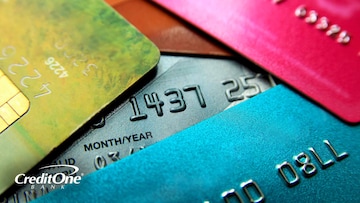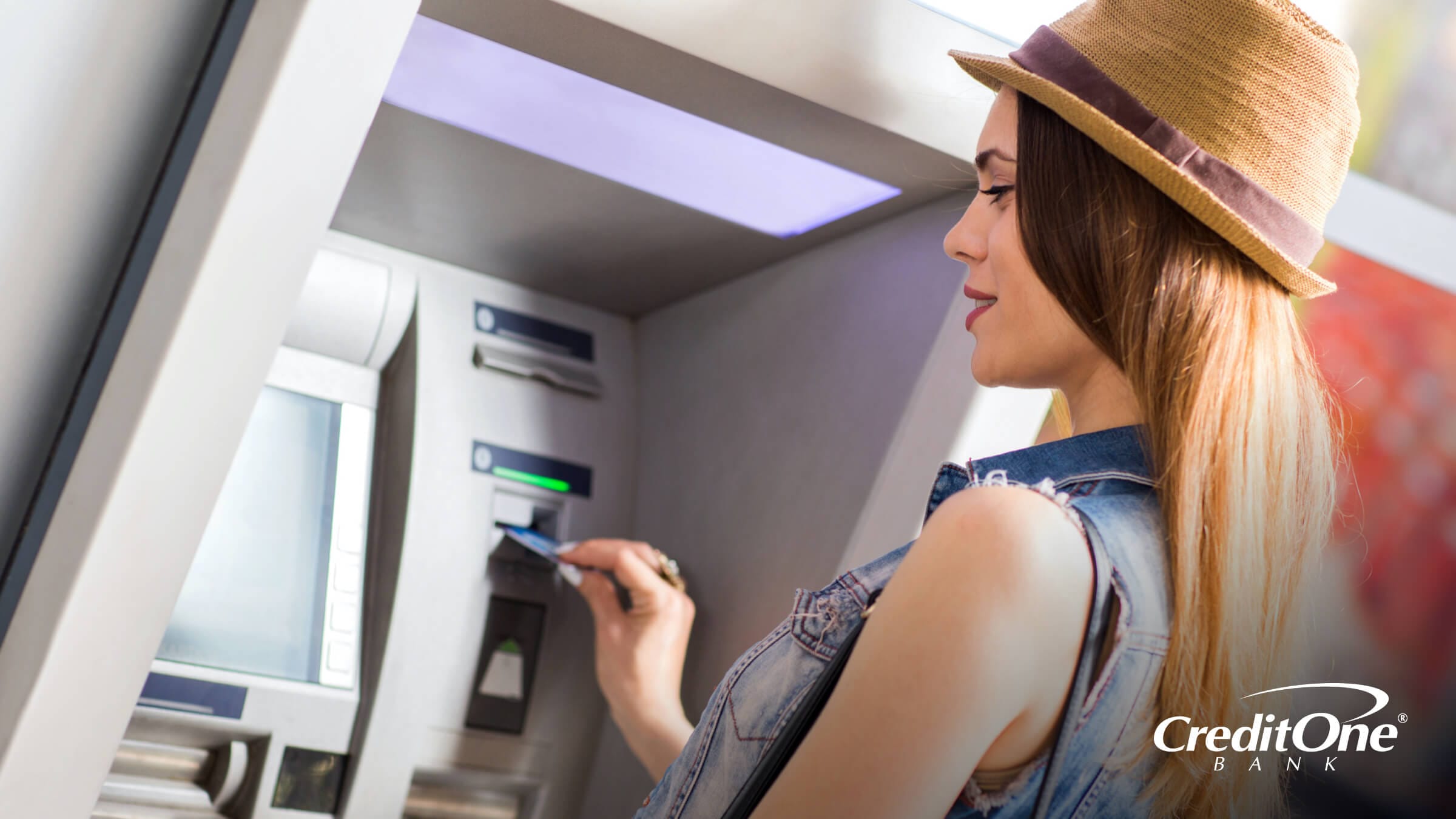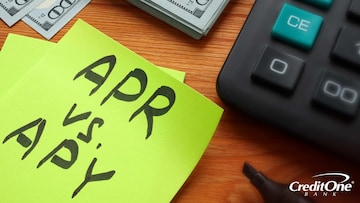
How a Cash Advance Works & Its Pros and Cons
February 10, 2020
Have you ever considered a cash advance? Learn the process, fees, and risks, plus the alternatives to find out if they’re right for you.

How Does a Cash Advance Work?
For the most part, getting a cash advance is a lot like making a withdrawal from a bank account, but instead of taking out cash you already have in your account, you’re borrowing cash from your credit card issuer.
It’s also good to know that certain types of transactions can be classified as cash advances by your card issuer. These include:
- Convenience checks
- Gambling transactions
- Purchasing foreign currency
- Wire transfers
- Money orders
- Person-to-person money transfers
These are some typical examples, but it’s always best to check your credit card’s terms to see what counts as a cash advance.
Determine your cash advance limit
When you’re taking a cash advance, the first thing to know is that it will have a limit. This is usually a small percentage of your card’s overall credit limit, which you can likely find listed on your card’s statement.
And remember, you need to have available credit to be able to take a cash advance. So, if you’re at or over your available credit, you can’t take a cash advance.
Choose how to withdraw the cash
Just like when you withdraw cash from a bank account, there are a few options for taking a cash advance.
You can use an ATM to withdraw a cash advance, but you’ll need a PIN.
Depending on the issuer, this may have been provided when you received a card, set up via site mobile app, or it may need to be requested. Just note that if you request a PIN through the mail, it could take a few days to receive it. And remember to be aware of any fees the ATM has.
If you prefer to do things in person, you can also request a cash advance at a bank or credit union. Just bring your credit card and ID to present to the teller along with your request.
Convenience checks are another option you may have seen. Perhaps your card issuer has mailed you these at some point, but you can also usually request them through their website or app.
Other than the cash advance aspect, these essentially work just like any other check, so you can cash them, deposit them or use them to pay for something.
And finally, you can sometimes request a cash advance online, through the issuer’s app or website, and deposit the dollar amount into your bank account.
Understand fees & interest charges
Cash advances usually have higher interest rates than regular credit card purchases and often come with a fee — typically around 5% of the total cash advance. Like with your cash advance limit, you can probably find these details on your statement or the issuer’s mobile app.
And there might be another fee to consider: If you use an ATM, you may have to pay an ATM fee as well.
Finally, unlike your regular card balance, cash advances typically don’t have a grace period. This means that you’ll be charged interest on that transaction from the date you withdraw the advance.
Repay the cash advance quickly
With no grace period, the interest on a cash advance starts accruing immediately and that can really add up quickly. If you take out a cash advance it’s a good idea to pay it off as quickly as you can, so you can pay less in the long term.
Reasons To Get a Cash Advance
There are many reasons you might want to consider a cash advance, especially if you can repay it relatively soon to minimize interest.
Alternative to a payday loan
Short-term payday loans usually have very high interest rates and require you to go through a payday lender. A cash advance’s fees and interest are generally lower and you can get one through your existing credit card.
Emergency cash needs
If you find yourself in a situation where you need cash, such as an emergency, a large cash-only transaction, or simply needing more cash than you have in your bank account, a cash advance can help.
Immediate access to funds
One situation where a cash advance can be useful is when you need money almost instantly. You don’t need to wait for business hours and you don’t need to apply for anything new. You can simply withdraw the funds from an ATM.
Controlled borrowing limits
Another positive side to a cash advance is that there’s a built-in cap on how much you can borrow in the form of your cash advance limit. You can only borrow so much, so that puts some limit on the debt you take on.
Downsides of a Cash Advance
While they can be useful in some circumstances, cash advances come with limitations and caveats you should be aware of. It’s worth weighing these when deciding if taking a cash advance is the right move.
Higher interest rates
Cash advances often carry a higher interest rate than regular credit card purchases. And that’s not all, because there’s usually no grace period on cash advances — so the interest starts accumulating as soon as you withdraw the advance.
Fees on every transaction
Cash advances usually come with fees. Yes, fees, plural.
Most cards charge a cash advance fee — usually around 5% of the amount withdrawn. But it’s also likely you’ll be charged an ATM fee if you use one to make your withdrawal. Or you may be charged a service fee from the bank, if you choose to withdraw in person at a branch.
And if you take another cash advance, that transaction will have the same fees again.
No purchase protections
Regular credit card purchases often come with various protections: purchase protection, and protection against unauthorized charges, if your card is lost or stolen.
But once you have cash in hand from a cash advance, you can’t take advantage of those. If your purchase is stolen or damaged, your options are limited. And if your cash is lost or stolen, it’s likely gone.
Potential debt trap
If you lean on repeated cash advances to cover expenses, it may lead to a cycle of debt. As fees and interest add up over time, this cycle gets harder to break.
Alternatives To a Cash Advance
A cash advance is an option, but that doesn’t mean it’s the only option. And it’s not always the best option.
Here are a few alternatives to taking out a cash advance.
Using a 0% APR credit card
A 0% APR credit card is a card featuring an introductory or promotional offer with an annual percentage rate — the card’s interest charged — of 0%. This is significantly lower than the average credit card APR in the 22-28% range. If you find one you qualify for, it can be a good alternative to a cash advance.
The promotional rate applies to regular purchases and sometimes to balance transfers, too. Occasionally convenience checks are an option, as well. But balance transfers and convenience checks may come with a small fee, around 5%.
And other rules apply as well: You still have to make at least the minimum payment on time, every time, or else the 0% APR may revert to the card’s regular interest rate.
And finally, remember that the 0% rate is temporary, lasting around six months to two years before reverting to the standard APR. A 0% APR credit card is ideal if you know you can pay the amount back within the promotional period, so you avoid being charged interest.
Setting up an emergency fund
An ounce of prevention is worth a pound of cure, they say. Tapping into your emergency fund is a great way to avoid taking on debt, so you may want to consider starting one or making sure yours can realistically cover you if something comes up.
Asking for a payroll advance
If you anticipate needing to borrow money ahead of time, you can talk to your HR department or payroll manager to see if you can receive some of your salary a few days early as a salary advance. This can come in the form of being able to access part of your earned wages before your regular payday.
There’s also a broad category of early pay apps that offer advance or daily access to your earned wages. Some need to be set up by your employer, while others don’t have this limitation.
Specifics like fees or interest can vastly differ, so you’ll want to check your employer’s policies or each app’s terms.
Using a personal loan
Personal loans typically come with a lower interest rate than credit cards, making them a good alternative to consider. These have fixed interest rates and terms, so you know how much you’ll repay every month. And if you need to borrow a large amount, these can typically have higher limits.
However, there are a few things to consider. They do require a credit check and may come with an application fee. And even if you’re approved quickly, having the funds in a business day or two is still slower than withdrawing from an ATM.
Final Thoughts: Is a Cash Advance Ever a Good Idea?
Ultimately, a cash advance is a tool. And like most tools, they can be great for their specific task, but there could be better tools for others.
If something urgent comes up and you’re in need of cash, it’s good to know you have the option of quick cash access through your credit card to get by in a pinch.
But in many cases, you’ll probably want to consider alternatives that can cost you less in the long run.
Jorge Labrador writes about credit-related topics that often come with a lot of questions, like pre-approvals, credit scores, credit building, and trending advice on social media. He's previously covered healthcare, travel, entertainment and more for nearly two decades. He likes to unwind by painting plastic fantasy miniatures, making a fancy cup of coffee or color-coding his budgeting app (again).




